In France, it celebrated Bastille Day on July 14; it is the most celebrated holiday. For me, it makes sense to spend a long weekend glamping with the kids, watching the fireworks at 11 p.m. when the sun finally sets, and taking walks down the ocean.
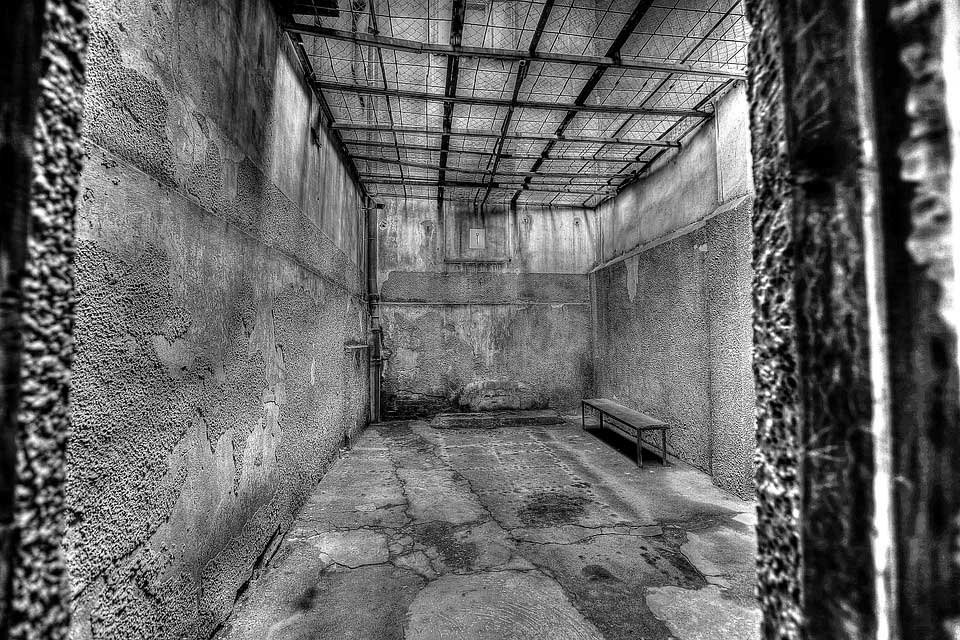
And if you’re in France, it’s not called Bastille Day. It is July 14, also known as National Day. So, what happened on this day to make it so prominent in France and known out across the world?
It formed the Bastille as part of the renovation of Paris’ city walls in 1356. Even though the Hundred Years War drew to a close, the French still expected an English invasion.
The Bastille was initially just a massive defensive doorway to safeguard the Porte Saint Antoine, one of the city’s entrances.
Thirty years later, still fearful of English reprisal and attacks by unhappy Parisians, the Bastille transfer into a fortress with eight towers linked by high walls, encircled by moats, and reached by four sets of archways.
Who Built The Bastille Prison:
During the reign of King Charles V between 1370 and 1383, they established the Bastille Prison as part of Paris’ defenses. It is a state prison. King Louis XIII’s top minister, Richelieu, turned the building into a prison in the 17th century.
During the reign of Monarch Louis XIII, they rebuilt this fortification into a prison for the upper class. It is happening under the instructions of Cardinal Richelieu. Although mainly these were for prisoners who were enemies of the king.
Across the history of Paris, it was among the gloomy emblems, especially a letter when you received a letter de cachet with the royal seal and also translates. It’s from the monarch notifying you it would hold you in the Bastille prisons.
In reality, it kept the original letter one in the Musee Carnavalet museum, which was dated in 1765.
At the Bastille prison, the upper-class people were imprisoned because of their living circumstances. The Paris administration provided them a daily ration of luxury food.
They could visit along with their accessories, and even also their servants. It included people opposed to Roman Catholicism and intellectuals. It began as a prison for individuals hostile towards the king.
The Bastille prison became a site of hostility, anxiety, and an awful image for many peoples. It happened with the common people prison for the letter of cachet by the King of France.The Attack on the Bastille Prison in Paris.
The Attack on the Bastille Prison in Paris
In 1789 The Bastille attacks happened. The Bastille is a prison in Paris. It is familiar as the Bastille Saint-Antoine. Paris’s province prison on the morning of July 14 in 1789, a crowd marched on the Bastille is happening.
The plan was to approach the governor and demand that the inmates (only seven) and weapons in the building be free. The king evaded, and the people attacked the fortress in the most famous incident of the French Revolution.
Why Did The French People Storm The Bastille Prison?
On July 14, 1789, a crowd in Paris stormed the Bastille to pursue enormous amounts of weapons and ammunition claimed to be held inside the fortress. The people of France supported The National Assembly.
They also planned to release political prisoners kept at the Bastille, which was traditionally a stronghold where political prisoners are confining.
Why Was The Storming Of The Bastille Important?
After many days of instability, the people of France stormed the Bastille on July 14, 1789. The prison was virtually empty at this moment, with only seven convicts. There were four scammers, two lunatics, and a young aristocrat who had disappointed his father.
A crowd of roughly 1,000 people amassed outside the Bastille demand that the prisons release, the guns also remove, and the arms and gunpowder get free. Two people were let into the stronghold to represent those assembled, and sluggish discussions began.
The crowd stormed into the undefended outer courtyard in the early afternoon, and the chains on the portcullis to the internal courtyard is destroyed.
An exchange of fire erupted, and by mid-afternoon, insubordinate Gardes Francaises of the Royal Army and two cannons had entered the fray.
De Launay demanded a halt, and although his surrender requests turn down, he capitulated, and the victors surged in to capture the stronghold at approximately 5:30 p.m.
There had been 98 assailants and one defender who succumbed. De Launay is arrest and dragged towards the Hôtel de Ville, but they stabbed him to death in the street by a crowd, as were several of De Launay’s officers.
Because of their intervention, the Gardes Françaises could safeguard Swiss troops and informed, and an officer commanding the Swiss detachment wrote a detailed report on how the fortress fell, criticizing.
De Launay for his impulsiveness after releasing the seven prisoners, the rioters beheaded the king and the Bastille guards.
However, according to many historians, it served more than a gathering place and symbolic of revolution than it did as a genuine act of defiance.
It was not the heroic picture of French patriots storming a massive fortress and releasing hundreds of imprisoned peasants that is often portrayed.
When Was The Bastille Prison Demolished?
The Revolutionary War pitted the French citizens who opposed King Louis XVI’s monarchy, which was mostly used as a prison famous as Bastille. On July 14, 1789, a desperate crowd stormed the Bastille, a prison on the eastern edge of France.
Pierre-Francois Palloy got a demolition permit and swiftly assumed total authority. He worked hard to promote the site as a paying attraction, selling a wide assortment of mementos, including most of the debris, and by November 1789, the building had substantial destruction.
Conclusion:
They killed approximately a hundred people during the storming of the Bastille, which is today recognized as one of the major events of the French Revolution. During the ten years that followed, France would kill its king and queen and many others and become a republic.
The edifice, which had formerly stood as a monument of monarchical oppression, was now a symbol of liberty, and they dismantled it in a symbolic gesture within months. It gave its bricks as gifts throughout France and the world. Since 1880, France has honored July 14 as a national holiday, with Paris’s military parade and fireworks.
On the 13th and 14th of July, firefighters around France open their stations to the public for all-night dance celebrations with plenty of complimentary champagne. Red July 14 is a national holiday, with a military parade and fireworks in Paris.
On the 13th and 14th of July, firefighters around France open their stations to the public for all-night dance celebrations with plenty of free champagne.

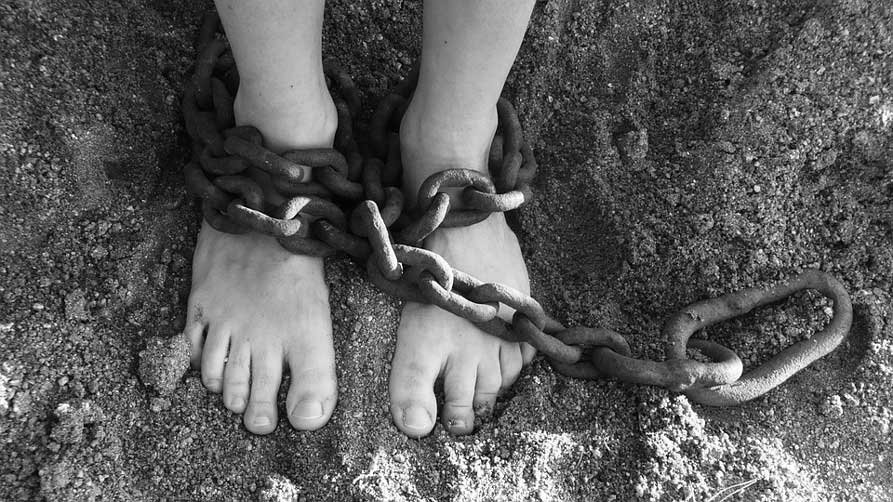
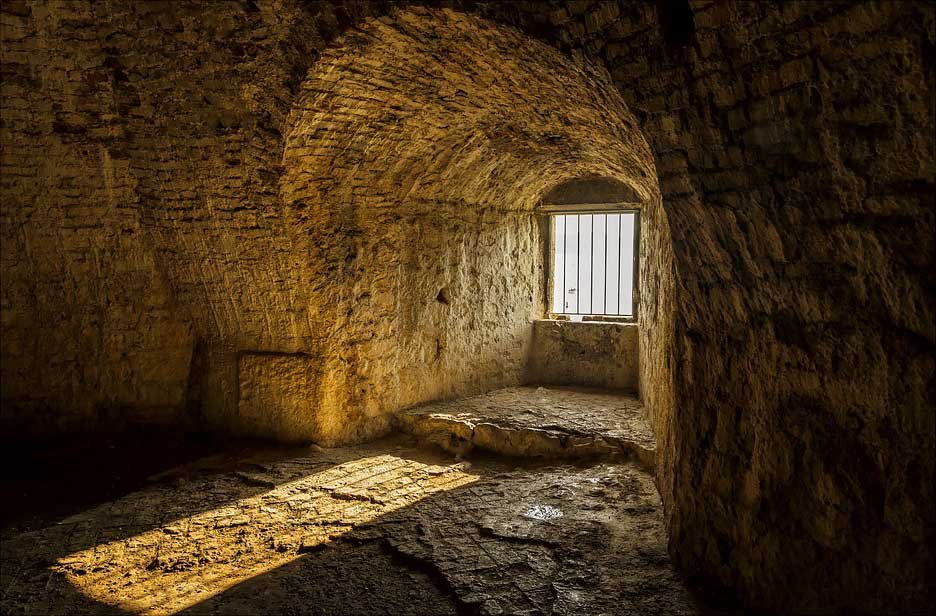




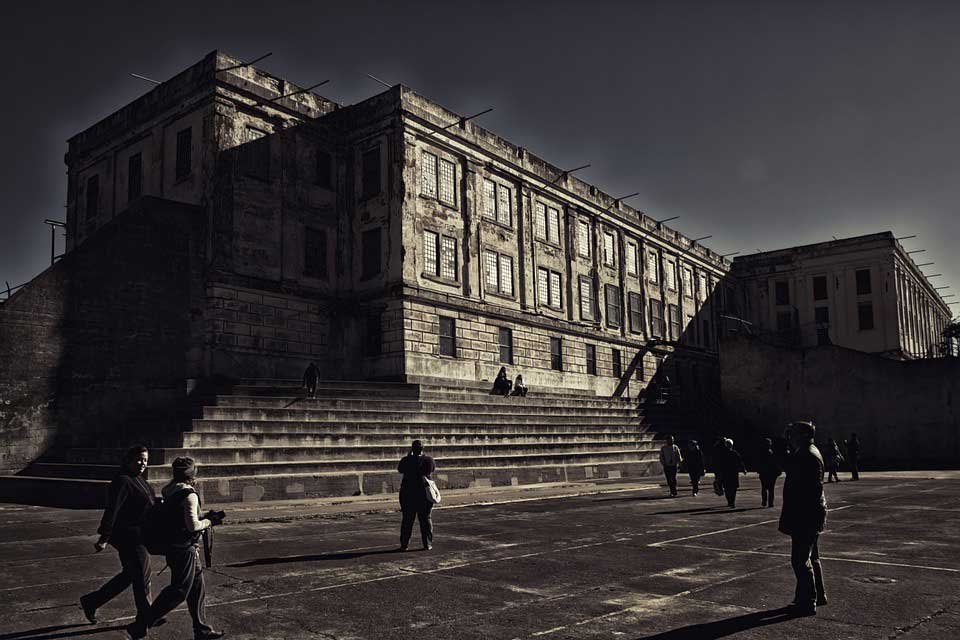


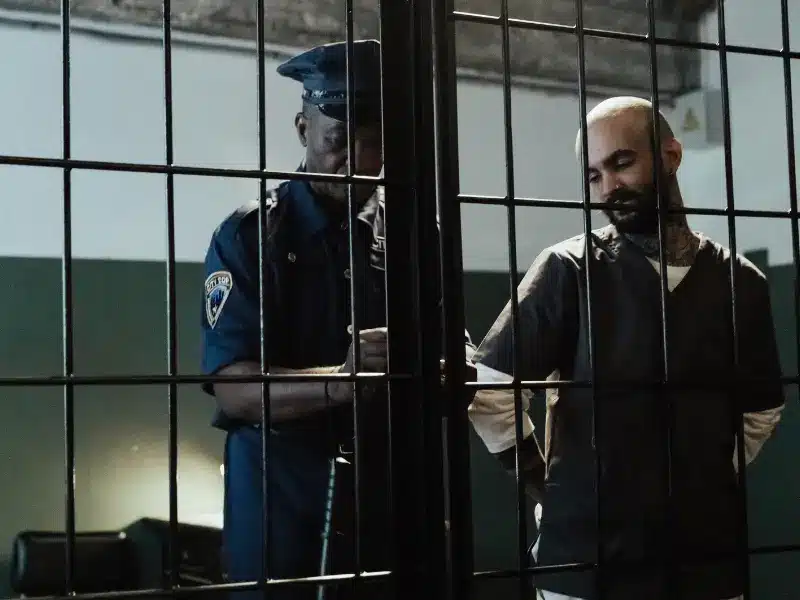


Pingback: Who Was Held Prisoner in the Bastille? The Location of Bastille
Pingback: Why Was Bastille Most Hated Prison in France?
Pingback: How Much Does it Cost to Keep Someone in Prison in 2022